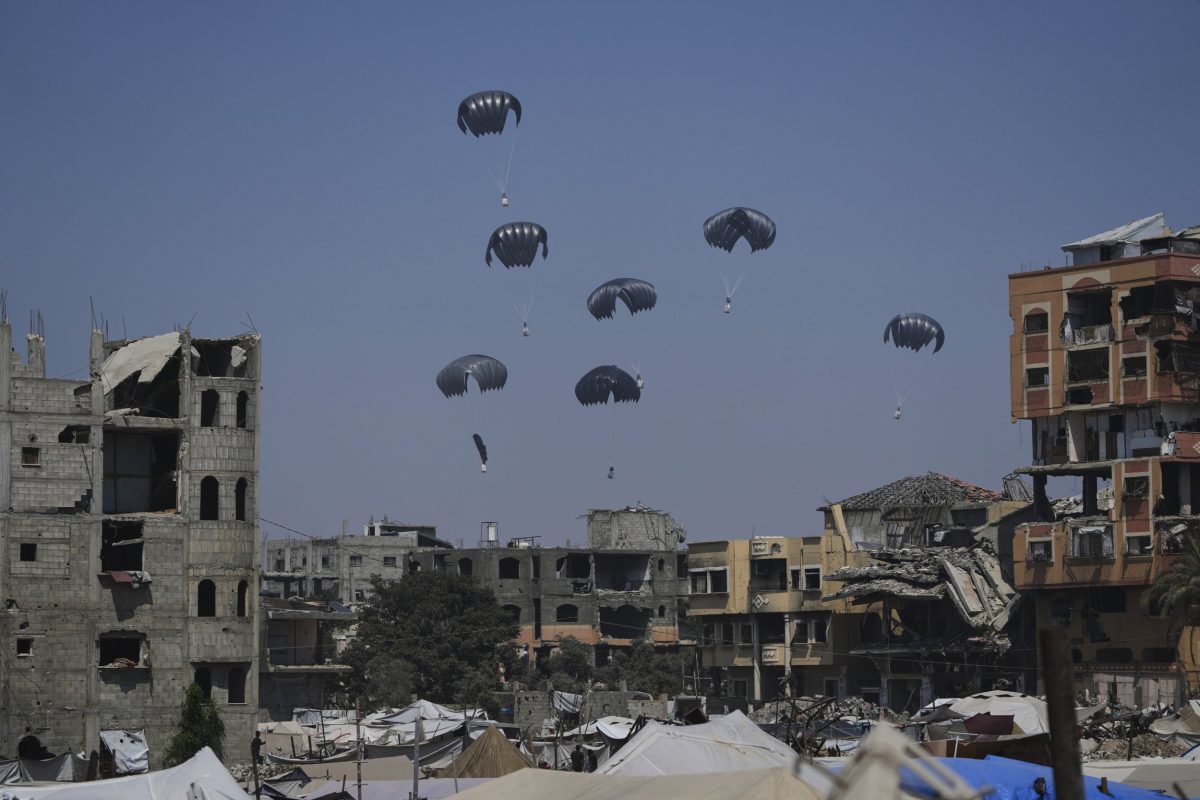The critical humanitarian crisis in Gaza continues to escalate, marked by severe limitations on vital aid delivery. Despite urgent global appeals, essential supplies, including food, are failing to reach the besieged population due to persistent closures of crucial border crossings. Aid organizations warn of the dire consequences, emphasizing that the current level of assistance is tragically insufficient, deepening the ongoing Middle East conflict humanitarian impact.
Several key entry points into the territory remain shut indefinitely, exacerbating the logistical challenges for humanitarian convoys. Crossings such as Erez and Sufa have been largely inactive for extended periods, with only brief, sporadic openings noted in the past. This effective border blockades of vital arteries chokes off the primary lifelines for millions of people desperately in need of support, impacting their food security.
Official figures underscore the severe restrictions on humanitarian efforts. Reports indicate that hundreds of aid missions have been denied access by authorities, while dozens more were canceled by humanitarian organizations themselves due to insurmountable logistical hurdles, operational constraints, or security concerns. This bureaucratic and physical impedance creates a perpetual bottleneck for relief operations, worsening the Gaza aid situation.
Organizations like UNICEF have voiced strong public and private advocacy for the immediate and unrestricted opening of all available crossing points. They highlight that essential aid provisions are often stockpiled mere kilometers from their intended recipients, unable to cross into Gaza. The demand for guaranteed facilitation and safety for both aid workers and their cargo is paramount to effective distribution and alleviating the severe humanitarian crisis.
The disparity between actual aid delivery and the immense need is stark. While some reports cite hundreds of aid trucks entering Gaza on specific days, the United Nations estimates that the daily requirement for the enclave’s population is closer to 600 trucks. This significant deficit means that only a fraction of the necessary supplies is making its way to those facing critical shortages, impacting their overall food security.
Alternative methods of delivery, such as airdrops, have proven to be largely unsustainable and fraught with peril. Medical Aid for Palestinians’ Gaza director noted that while intended to alleviate suffering, these drops provide only a “miniscule” amount of what is truly needed and have, unfortunately, even resulted in injuries to some civilians on the ground. This highlights the limitations of such methods in addressing the scale of the Gaza aid challenge.
The cumulative effect of these access restrictions is a deepening humanitarian catastrophe, pushing the population to the brink of mass starvation. The current levels of assistance are critically inadequate to prevent widespread famine, signaling an urgent need for a fundamental shift in the approach to aid access and distribution within the territory. This dire situation is a direct consequence of the persistent border blockades and underscores the severity of the humanitarian crisis.
International bodies and humanitarian groups continue to call for an immediate and sustained opening of all land routes to ensure that Gaza aid can enter at the scale and pace required to avert further loss of life. Ensuring safe passage and efficient processing at all checkpoints is crucial to mitigating the profound suffering endured by the residents amidst this ongoing Middle East conflict, ultimately aiming for improved food security for all.






Leave a Reply